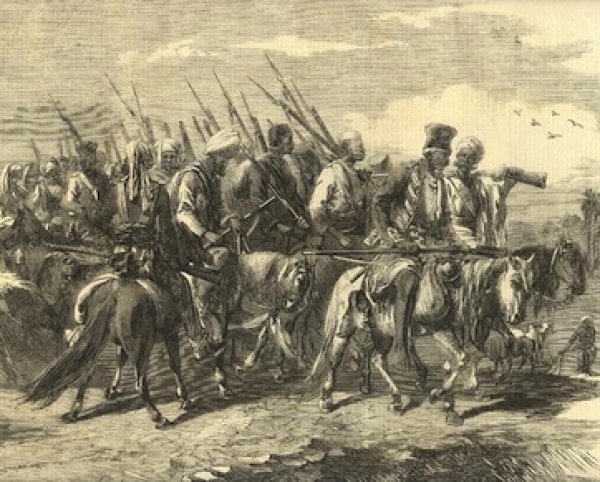In May 1857, a group of Indian soldiers in the British East India Company’s army led a mutiny in the state of Uttar Pradesh. The mutiny soon escalated into an uprising of sepoys and Indian civilians throughout northern India. In this lesson, students explore a set of documents from both Indian and British perspectives on the uprising as they explore the question: What caused the Sepoy Rebellion?

Image: Illustration of Tatya Tope's soldiery published by the Illustrated London News, 1858. From the Wikimedia Commons.